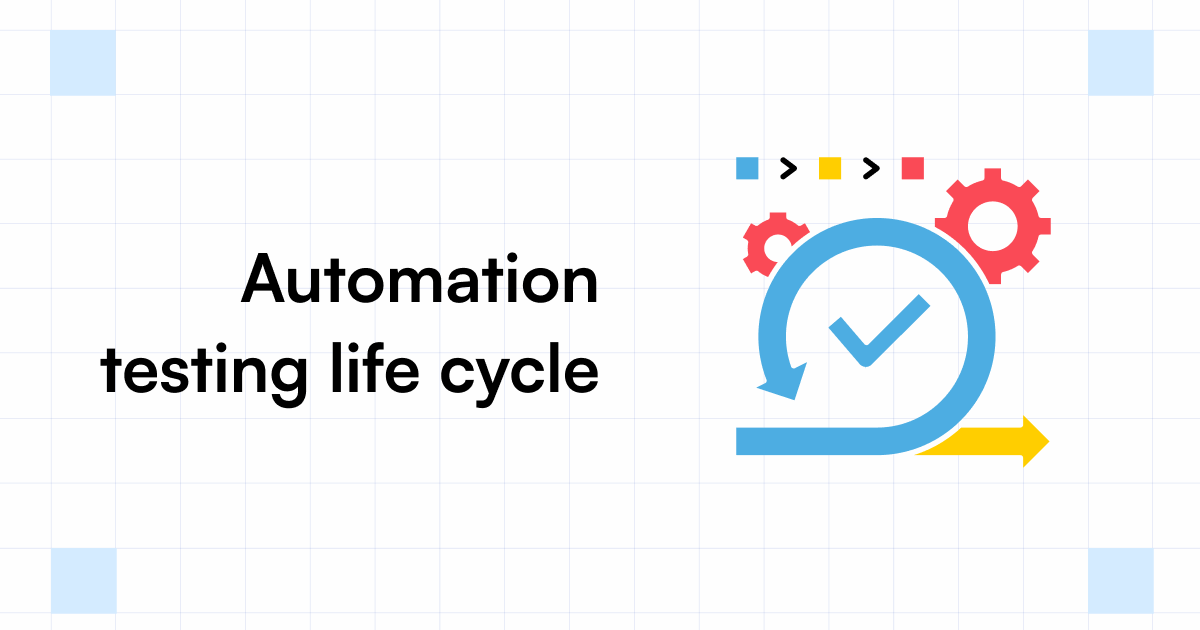Just How Automation Testing Changes Quality Assurance Processes
Just How Automation Testing Changes Quality Assurance Processes
Blog Article
From Manual to Automated Testing: A Comprehensive Guide to Transitioning Smoothly and Successfully
In the world of software program screening, the shift from manual to automated processes has ended up being an increasingly crucial transition for organizations seeking to improve performance and precision in their testing practices. As modern technology remains to breakthrough, the demand for smooth and reliable automatic testing methods has never been extra important. The trip from handbook to automated testing is not without its challenges, but when come close to strategically and with a clear plan in mind, the advantages can be considerable - automation testing. In this detailed overview, we will discover crucial steps and factors to consider essential for an effective shift, from the initial option of tools to the assimilation of automation into existing workflows. Remain tuned to uncover the understandings that will aid lead the way for a smoother and a lot more effective screening process.
Advantages of Automated Testing
Automated screening provides numerous benefits, improving performance and accuracy in software program advancement procedures. One primary advantage is the significant reduction in screening time. Automated tests can be run simultaneously on several gadgets and running systems, significantly quickening the screening phase contrasted to hand-operated testing. This raised performance permits faster feedback on the high quality of the software, making it possible for developers to determine and address problems immediately.
Additionally, automated testing ensures a higher degree of accuracy in identifying issues. Given that automated tests adhere to predefined manuscripts, human error is minimized, resulting in more reputable test results. Uniformity in testing is also improved, as automated examinations carry out the exact same steps precisely each time they are run. This uniformity is critical in making certain that all capabilities of the software program are thoroughly evaluated, decreasing the likelihood of unseen pests slipping through to manufacturing.
Selecting the Right Tools

To start with, analyze your needs and purposes. Understand the range of your project, the technologies included, and the ability of your team. This evaluation will assist you establish the attributes and capacities you call for in your screening tools.
Second of all, consider the compatibility of the devices with your existing procedures and systems. Smooth combination with your existing software growth lifecycle is vital to guarantee a smooth shift to automation.
In addition, assess the scalability and versatility of the tools. As your screening needs evolve, the devices ought to have the ability to adjust and accommodate adjustments successfully.
Lastly, factor in the assistance and community around the devices. When executing automated testing, robust support and an energetic individual community can provide beneficial sources and help. By very carefully thinking about these elements, you can select the right devices that straighten with your demands and set the phase for an effective site link transition to automated testing.
Writing Efficient Test Scripts

When crafting test manuscripts, it is vital to consider the details demands of the software being checked and guarantee that the manuscripts attend to all crucial functionalities. Clear and descriptive calling conventions for test manuscripts and test instances can improve readability and maintainability. Additionally, including error handling devices within the examination scripts can aid in identifying and addressing problems without delay.
Furthermore, organizing examination scripts right into modular components can improve reusability and scalability, decreasing redundancy and enhancing effectiveness in examination script upkeep. Routine evaluations and updates to evaluate scripts are essential to keep pace with progressing software requirements and performances. By complying with these concepts, testers can develop durable and effective test scripts that contribute substantially to the success of automated screening procedures.
Integrating Automation Into Workflows
Efficient integration of automation tools into existing process simplifies procedures and boosts productivity within software application look here advancement cycles. When including automation into workflows, it is vital to identify repeated jobs that can be automated to save time and minimize human mistake. By perfectly incorporating automated testing devices like Selenium or Appium into the software application development lifecycle, teams can achieve faster responses on code modifications, resulting in quicker pest discovery and resolution. This integration enables continual testing throughout the growth process, making certain that any issues are recognized at an learn the facts here now early stage, leading to greater software program top quality. Furthermore, automation can be made use of to set off tests automatically after each code commit, offering instant recognition and maximizing testers to concentrate on even more complex scenarios. Appropriate combination of automation tools needs partnership between development, testing, and procedures teams to establish a unified operations that maximizes performance and performance in supplying premium software application products.
Making Certain a Smooth Change
Effectively transitioning to automated screening includes thorough preparation and cautious implementation to reduce disruptions and make best use of performance in the software program growth procedure - automation testing. To make certain a smooth change, it is vital to begin by performing a comprehensive analysis of the existing screening processes and identifying areas where automation can bring the most substantial advantages. Involving with all stakeholders early on while doing so, consisting of developers, testers, and job supervisors, is essential for gathering assistance and buy-in for the automation campaign
Communication is essential during this shift stage. Clear interaction of the goals, benefits, and expectations of automated testing helps to manage any resistance or concerns that may arise. In addition, giving ample training and sources for group members to upskill in automation tools and methods is important for guaranteeing a successful transition.

Final Thought
Finally, transitioning from manual to automated testing provides various benefits, including enhanced effectiveness and dependability. By choosing the proper devices, writing effective test scripts, and incorporating automation effortlessly right into operations, companies can ensure a smooth and successful change. It is necessary to accept automation as a useful asset in software testing processes to enhance general high quality and performance.
In the world of software program testing, the shift from handbook to automated procedures has ended up being an increasingly crucial shift for companies looking for to boost performance and precision in their screening practices. Automated tests can be run all at once on numerous devices and operating systems, dramatically speeding up the screening stage compared to hand-operated screening. Uniformity in screening is additionally enhanced, as automated examinations carry out the exact same steps exactly each time they are run.To guarantee the successful implementation of selected testing tools, the production of reliable examination manuscripts plays a critical role in confirming the performance and performance of automated processes - automation testing. By following these principles, testers can develop robust and efficient examination manuscripts that add considerably to the success of automated testing procedures
Report this page